FIRE MAY 2019 - PRINCES STREET
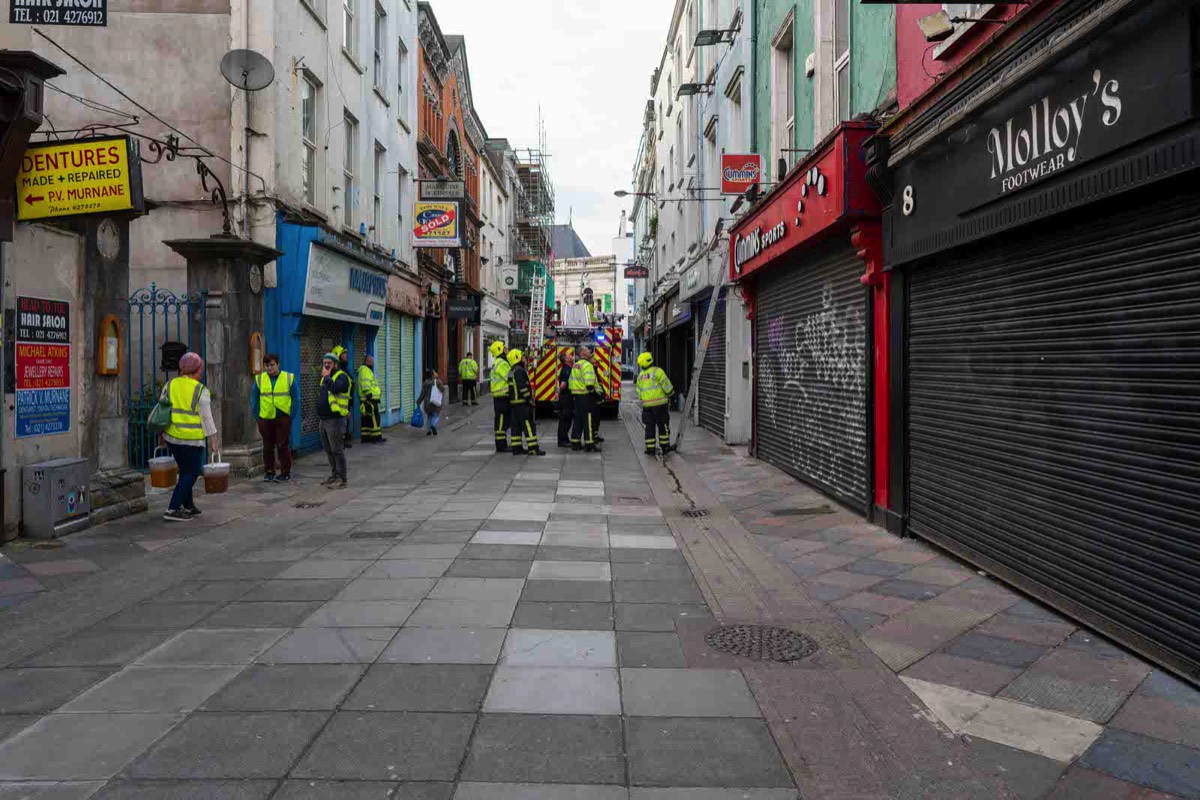
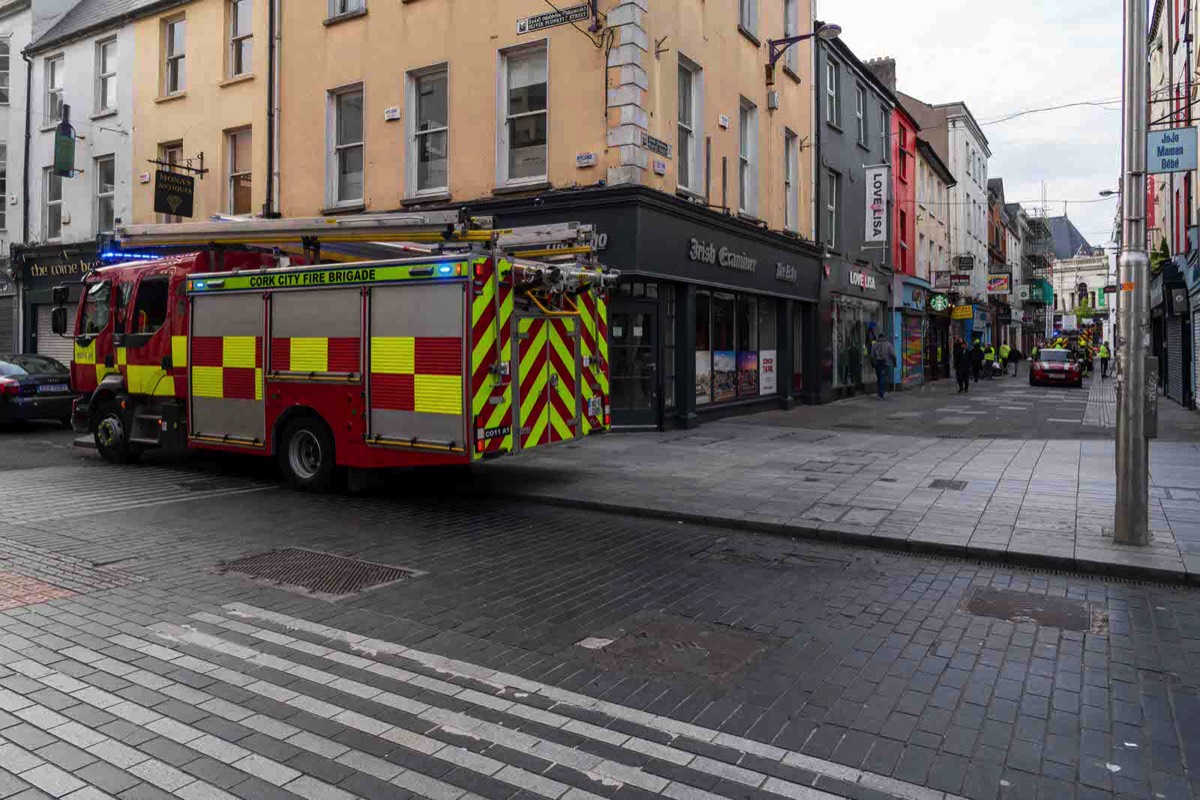
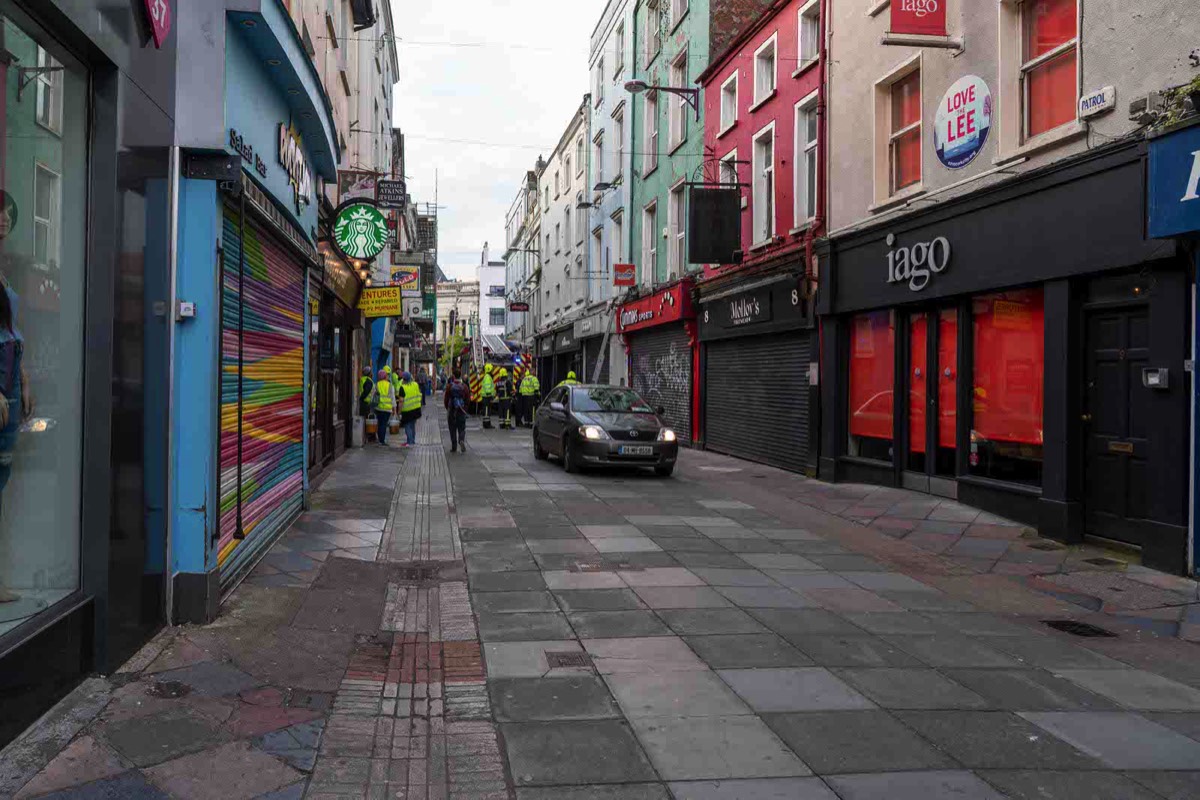
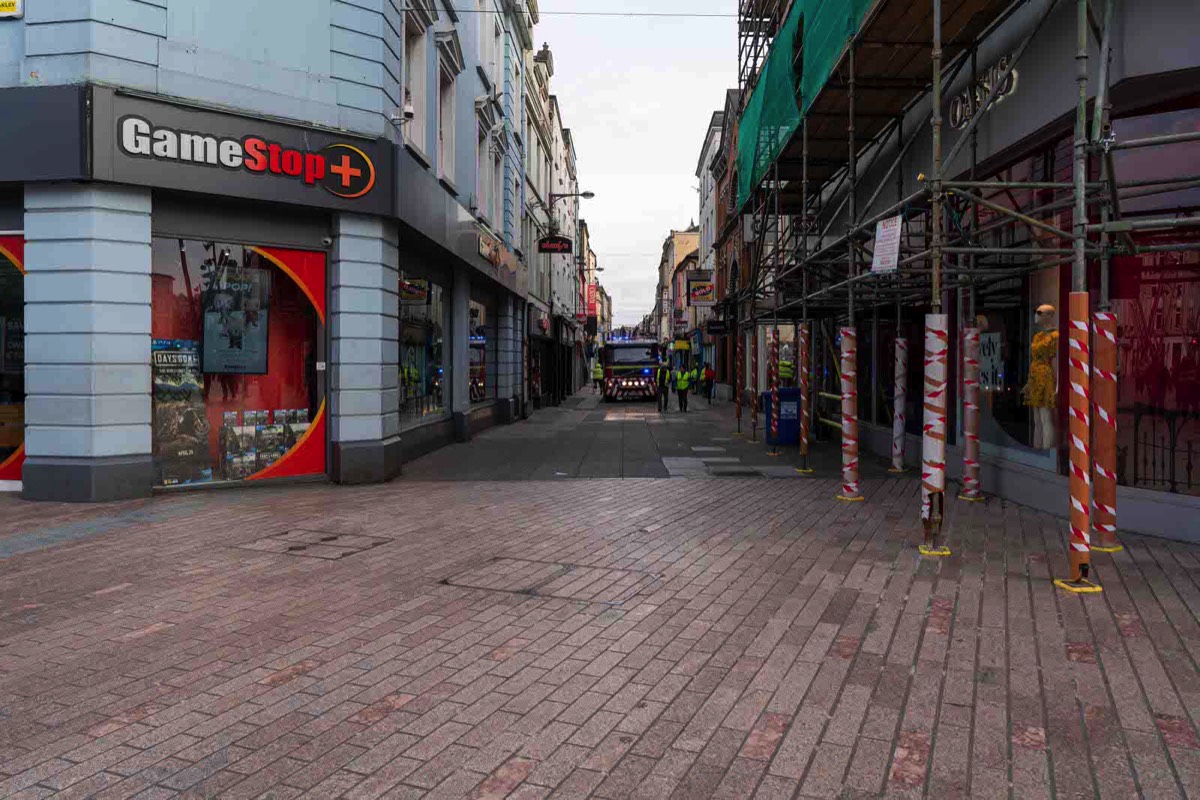
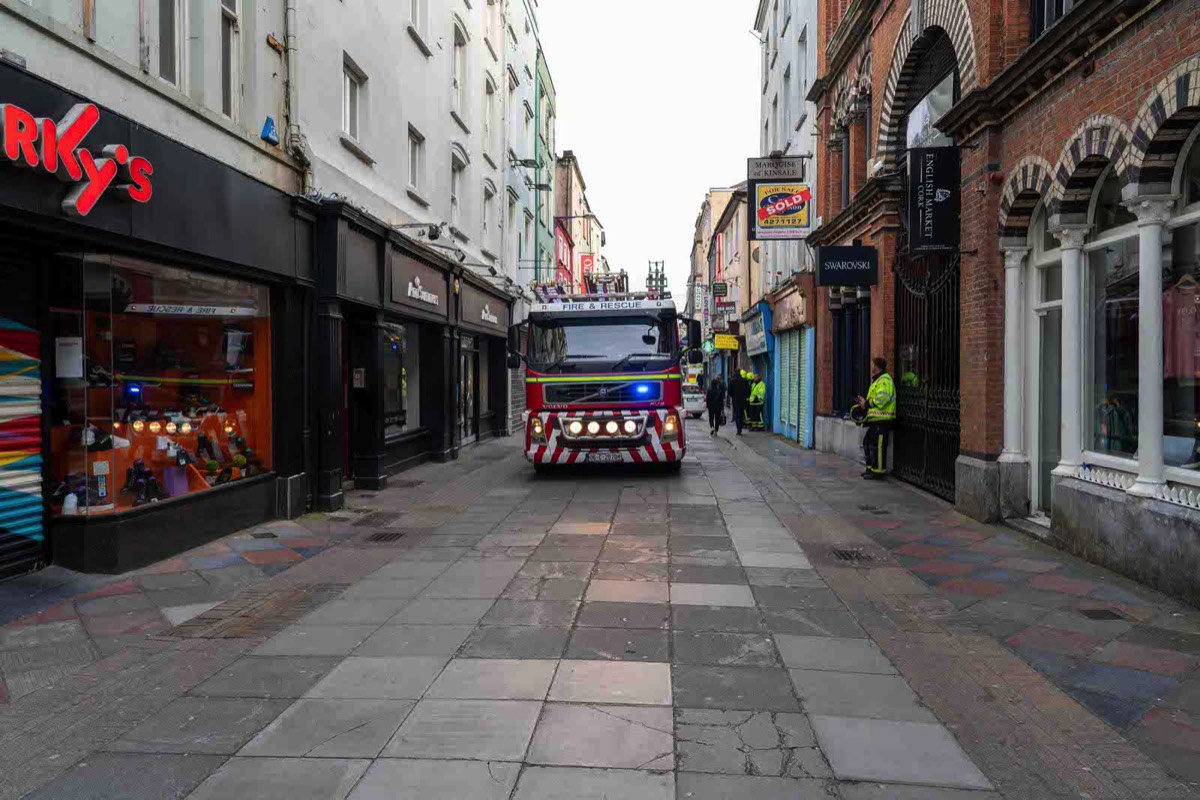
Cork City Fire Brigade has a proud tradition of service to the people of Cork City and its surrounding areas. Since its foundation, Cork City Fire Brigade has seen many changes in its structure, strength and resources. The development of the Brigade has closely mirrored that of the City and continues to do so.
Insurance Fire Brigades were established following the great Fire of Cork 1622 which destroyed a large number of the Buildings in the City which up to then had been constructed mainly of wooden and thatched houses. After this fire, houses were largely constructed of brick and stone and their owners began to insure their premises against fire. Insurance companies were granted Charters to provide fire insurance and they realised that it would be in their own interest to hire men to put out fires in the buildings that they insured. These insurance Fire Brigades were also very good advertisements for their companies with their brightly covered livery and the clattering wagons; volunteers were usually recruited on the spot to help with water pumping.
The gradual demise of the insurance Fire Brigades in the nineteenth century meant that Cork was again without a Fire service. Cork Corporation formed Cork City Fire Brigade in 1877. In 1893 Cork's First purpose built Fire station was opened in Sullivan's Quay at a cost of £1,800.00. A second Fire Station was later built at the rear of the Courthouse in Grattan Street to serve the City Centre. Later again a third station was built at the top of Shandon Street to serve the north side of the city. In Patrick Street a central street station was located with rescue equipment and one man on duty all night. His job was, with the aid of passers-by, to use the rescue equipment at the scene of a fire in the immediate environs and make rescues until his colleagues backed him up from Sullivan's Quay. In addition, large rescue equipment was located at strategic locations in the City. The Brigade at that time consisted of six regular men and two Turncocks living on the station with six auxiliary firemen, all Corporation employees, and with local volunteers in all a force of 30 men could be mustered in a few minutes. A report from the Chief at the time suggested that a night response took about 2.5 minutes with men fully dressed and horses out.
At various stages in it's history the Brigade has been severely tested e.g. the malicious burning of Cork in 1920 by Crown Forces when help had to be summoned from other Brigades in Limerick and Dublin. In 1923 the First motor-pump was put into service in Cork Fire Brigade and further developments led to the withdrawal of the old horse drawn rescue and fire fighting equipment and the closure of some Sub Stations. During World War 2 a large volunteer force (Auxiliary Fire Service) was raised and situated in various key points around the City.
In the intervening years many changes, some subtle and some dramatic, took place within Cork Fire Brigade. In 1972 a Fire station was opened to provide Cover in the North City Area. In 1975 the present headquarters station was opened in Anglesea Street at the rear of City Hall and the old station in Sullivan's Quay was closed. Also on that year the 40-hour week was introduced and 30 new recruits were employed to bring the Brigade to full strength.
The pace of change has accelerated in recent years with improvements in vehicles, fire fighting equipment and personal protective equipment.
Insurance Fire Brigades were established following the great Fire of Cork 1622 which destroyed a large number of the Buildings in the City which up to then had been constructed mainly of wooden and thatched houses. After this fire, houses were largely constructed of brick and stone and their owners began to insure their premises against fire. Insurance companies were granted Charters to provide fire insurance and they realised that it would be in their own interest to hire men to put out fires in the buildings that they insured. These insurance Fire Brigades were also very good advertisements for their companies with their brightly covered livery and the clattering wagons; volunteers were usually recruited on the spot to help with water pumping.
The gradual demise of the insurance Fire Brigades in the nineteenth century meant that Cork was again without a Fire service. Cork Corporation formed Cork City Fire Brigade in 1877. In 1893 Cork's First purpose built Fire station was opened in Sullivan's Quay at a cost of £1,800.00. A second Fire Station was later built at the rear of the Courthouse in Grattan Street to serve the City Centre. Later again a third station was built at the top of Shandon Street to serve the north side of the city. In Patrick Street a central street station was located with rescue equipment and one man on duty all night. His job was, with the aid of passers-by, to use the rescue equipment at the scene of a fire in the immediate environs and make rescues until his colleagues backed him up from Sullivan's Quay. In addition, large rescue equipment was located at strategic locations in the City. The Brigade at that time consisted of six regular men and two Turncocks living on the station with six auxiliary firemen, all Corporation employees, and with local volunteers in all a force of 30 men could be mustered in a few minutes. A report from the Chief at the time suggested that a night response took about 2.5 minutes with men fully dressed and horses out.
At various stages in it's history the Brigade has been severely tested e.g. the malicious burning of Cork in 1920 by Crown Forces when help had to be summoned from other Brigades in Limerick and Dublin. In 1923 the First motor-pump was put into service in Cork Fire Brigade and further developments led to the withdrawal of the old horse drawn rescue and fire fighting equipment and the closure of some Sub Stations. During World War 2 a large volunteer force (Auxiliary Fire Service) was raised and situated in various key points around the City.
In the intervening years many changes, some subtle and some dramatic, took place within Cork Fire Brigade. In 1972 a Fire station was opened to provide Cover in the North City Area. In 1975 the present headquarters station was opened in Anglesea Street at the rear of City Hall and the old station in Sullivan's Quay was closed. Also on that year the 40-hour week was introduced and 30 new recruits were employed to bring the Brigade to full strength.
The pace of change has accelerated in recent years with improvements in vehicles, fire fighting equipment and personal protective equipment.
THE PHOTO DIARY IS NOT LIMITED TO CORK AS I ONLY VISIT THE CITY ONCE EVERY YEAR AND 2020 MAY BE AN EXCEPTION. I AM BASED IN DUBLIN BUT DURING THE SUMMER MONTHS I VISIT BELFAST, LIMERICK, GALWAY, KILKENNY AND WATERFORD AND USUALLY DEVOTE A WEEK TO PHOTOGRAPHING EACH OF THE CITIES IN QUESTION
You will find links to buy products from Amazon, Google and other partners. If you click on these links, you’ll find that the URL includes a small extra piece of text which identifies that the click came from my websites. This text is an affiliate code, and it means that I get a small percentage of the money you spend if you choose to buy that product, or, in some cases, other products from the site soon after. These affiliate links help pay the costs of producing my websites and ensure that the content is free to you.